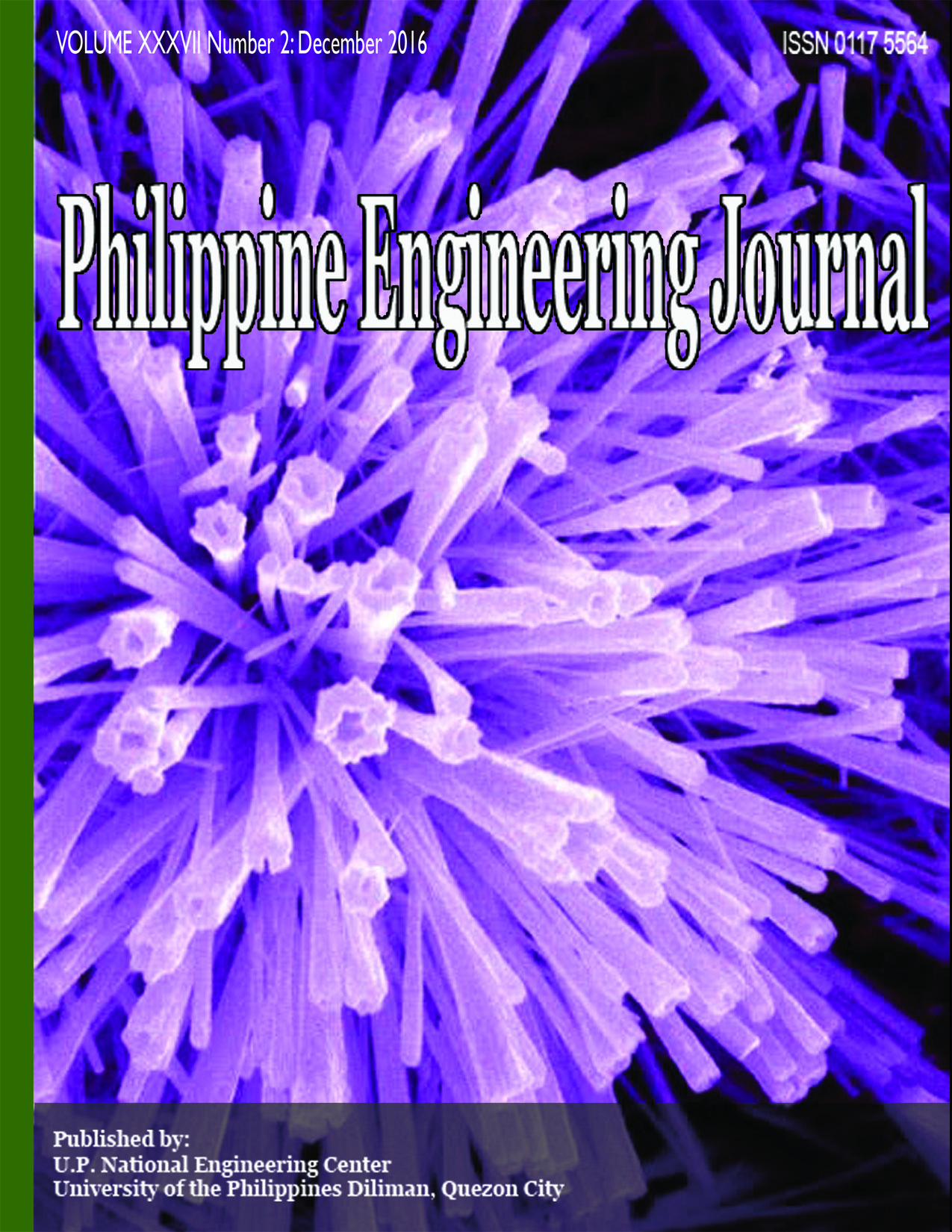Continuous Extraction Process of Chitin from Discarded Shells of Philippine Blue Swimming Crab (Portunus pelagicus)
Abstract
Crab shells are often found discarded from local seafood processing plants that end up as waste hauled to landfills. However, high purity chitin has been extracted by chemical methods from this material which is useful in various applications like sutures and scaffolding in medical applications. The viable sources of chitin were selected among the shells of blue swimming crab (Portunus pelagicus), mud crab (Scylla serrata) and tiger prawn (Penaeus monodon). Tiger prawn was shown to have the highest yield of chitin at around 24% while the two varieties of crab yielded only about 10%. However, considering the accessibility and availability of high volume of blue swimming crab shells from crab processing plants, this was chosen as the raw material for subsequent investigations. Moreover, the process that will be established can still be suitable for both sources. Extraction process includes demineralization and deproteinization stages and factors affecting them have been studied. These include acid concentration and shell size for the demineralization stage and alkaline concentration and shell size for the deproteinization stage. Retained inorganic component after demineralization and protein content removed from deproteinization were determined using compositional analysis via Energy Dispersive X-ray Fluorescence technique and Lowry assay, respectively, to understand the effects of these factors on their respective processes. It was found that high acid concentration (greater than 1 N) at room temperature could sufficiently remove the inorganic components of the carapace while high alkaline concentration (greater than 1 N) applied to fine-sized demineralized shells produces high purity chitin similar to commercially-available technical grade chitin.
A refinement of the chitin extraction process was subsequently performed through the development of the bench-scale extraction process. It was found out that some of the stages in the laboratory-scale extraction can be eliminated performing an uninterrupted two-stage chemical extraction process and still be able to produce similar quality of chitin with doubled product recovery.
Keywords— Chitin Extraction, Chitin, Biodegradable Polymers


